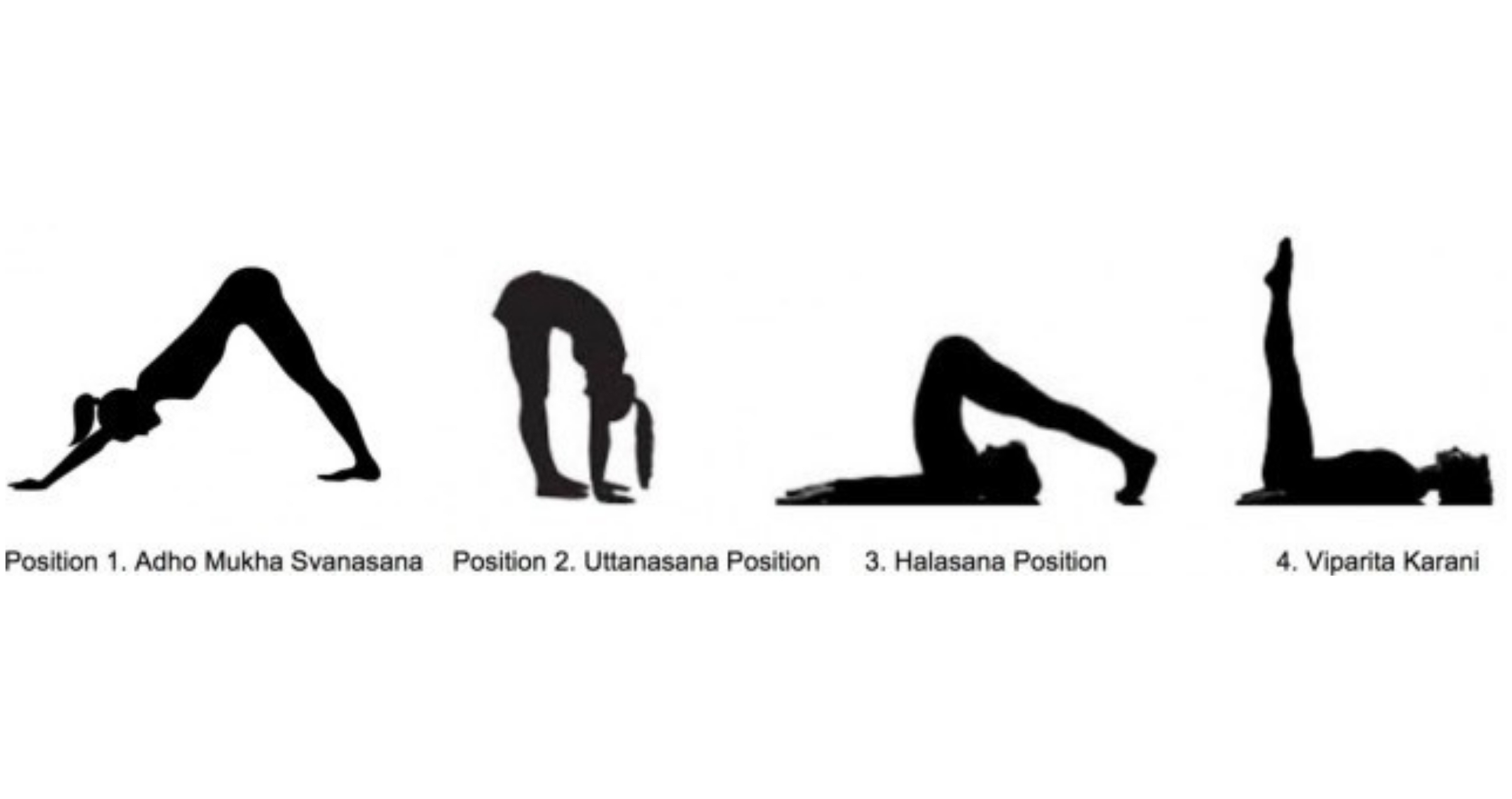Share
A study has found that people with glaucoma may have increased eye pressure when doing head-down positions during yoga practice.

It should be noted that an increased rate of glaucoma progression in those practicing yoga has not been reported.
Damage to the optic nerve occurs in people with glaucoma and one of the known causes is elevated fluid pressure inside the eye. Elevated intraocular pressure (IOP) is the only modifiable risk factor for which treatment has a proven effect on preventing or slowing the progression of the disease.
Glaucoma can dramatically affect the quality of life for people with moderate to severe visual loss. People with glaucoma are encouraged to live active and healthy lifestyles, including physical exercise. People with glaucoma who perform yoga should discuss this practice with their treating Optometrist or Ophthalmologist for advice on the potential risk associated with various yoga positions and other exercises that involve inverted poses. They should be educated on the risks and benefits of physical exercise and their overall vision health, as well as any other factors that might impact their glaucoma progression.

Previous research had tested only the headstand position, which showed a marked two-fold rise in IOP, whereas in the new study, researchers had healthy participants with no eye-related disease and people with glaucoma perform a series of inverted yoga positions, including downward facing dog, standing forward bend, plow, and legs up the wall. They captured the IOP in each group at various time points, including whilst seated, assuming the pose and at rest.
Both normal and glaucoma study participants showed a rise in IOP in all four yoga positions, with the greatest increase of pressure occurring during downward facing dog. Whilst there wasn’t a major difference between the two groups, it is believed that a larger study over longer durations of practicing the inverted positions is warranted as the rise in IOP after assuming the yoga poses is of concern for people with glaucoma.
Glaucoma Australia encourages people with glaucoma to share this knowledge with yoga instructors to allow for modifications during yoga sessions. General glaucoma information is available at: www.glaucoma.org.au
References supplied
Jan 2016



